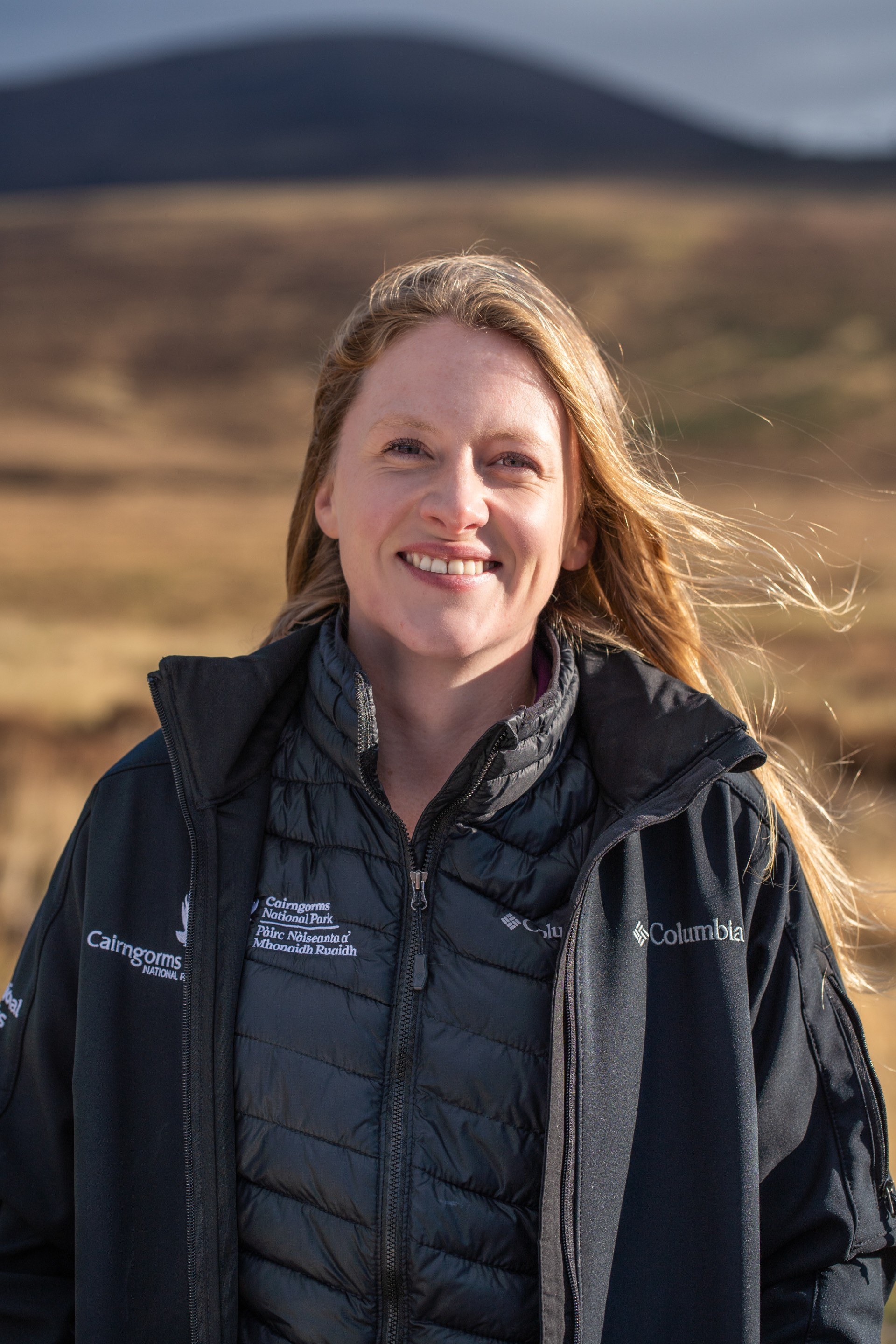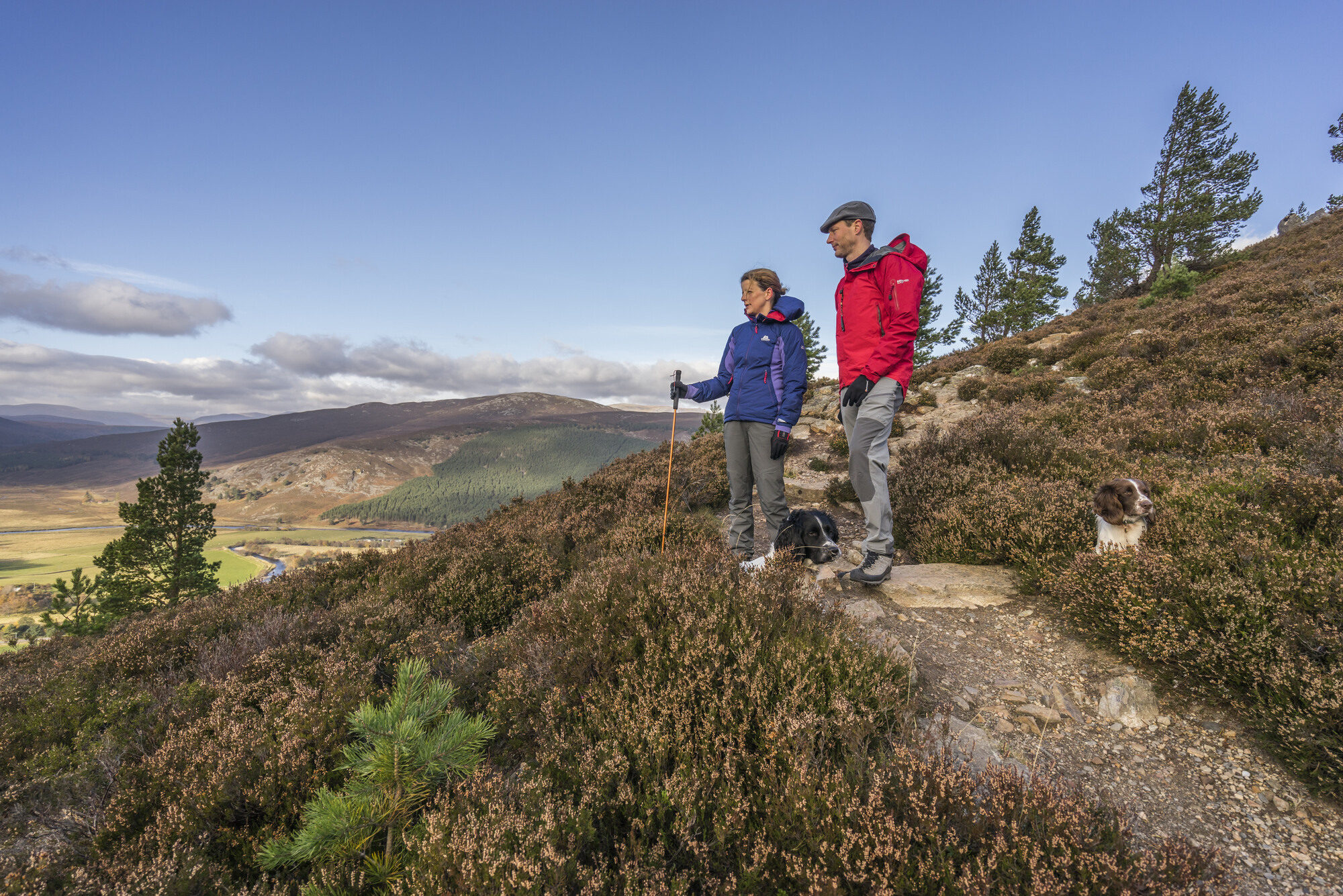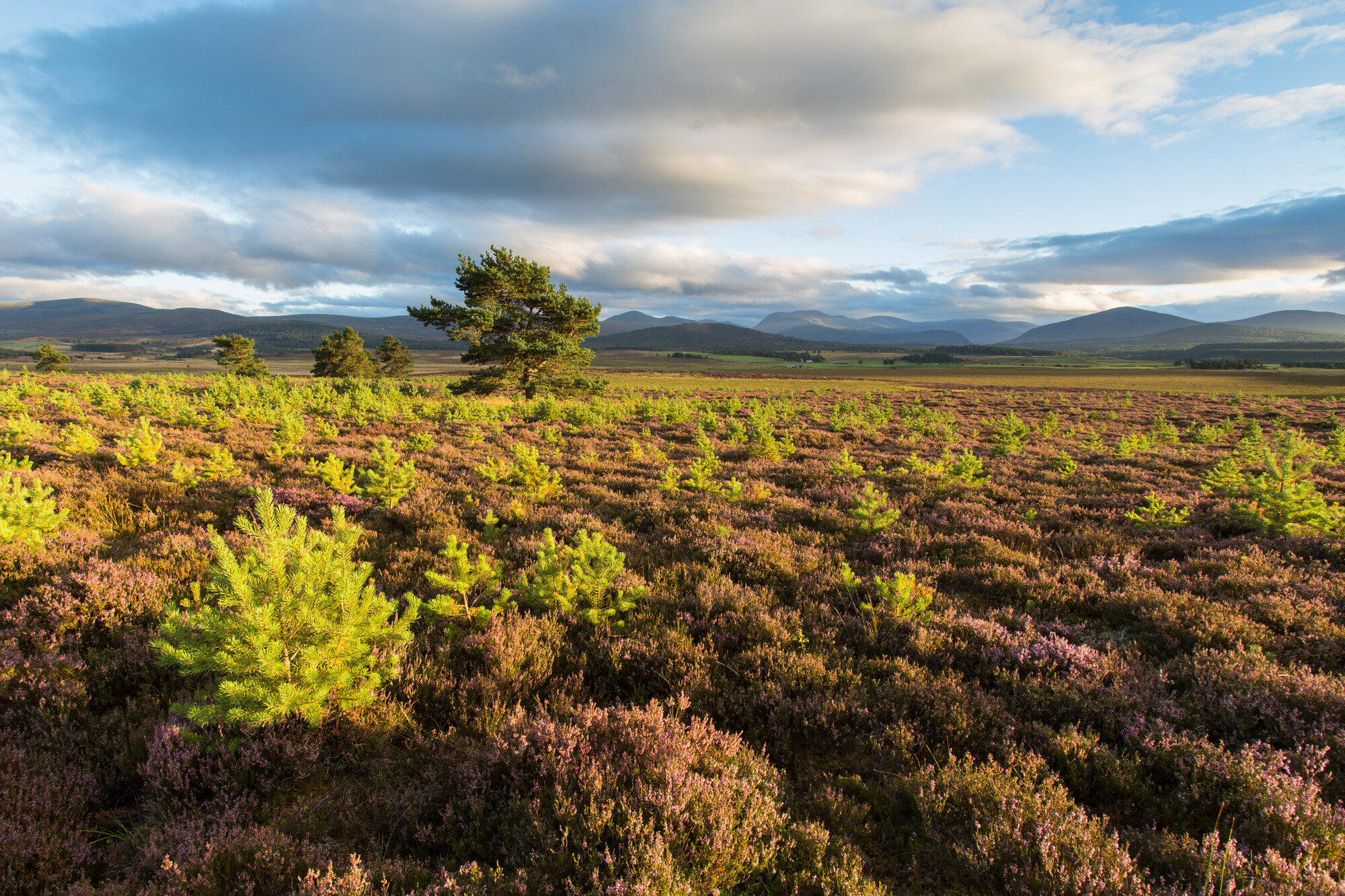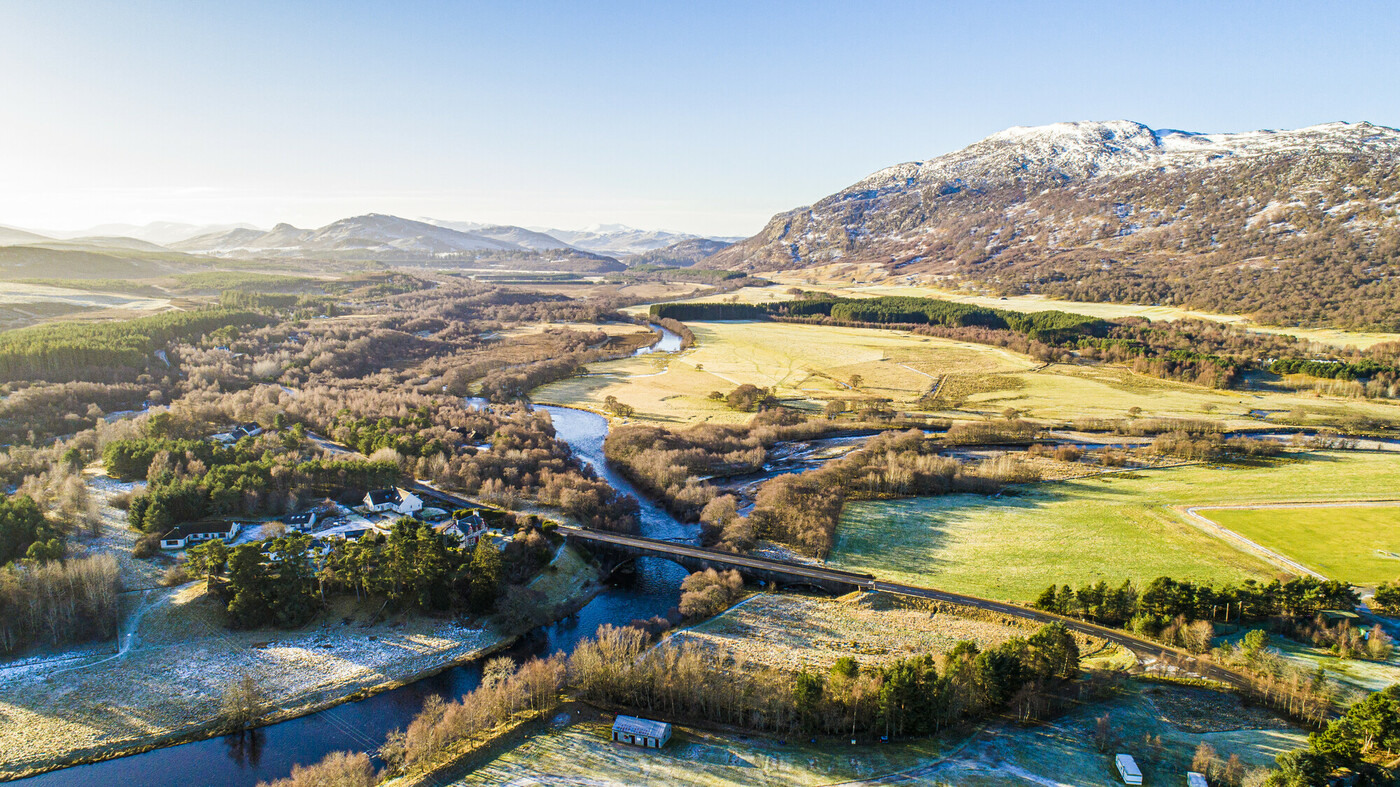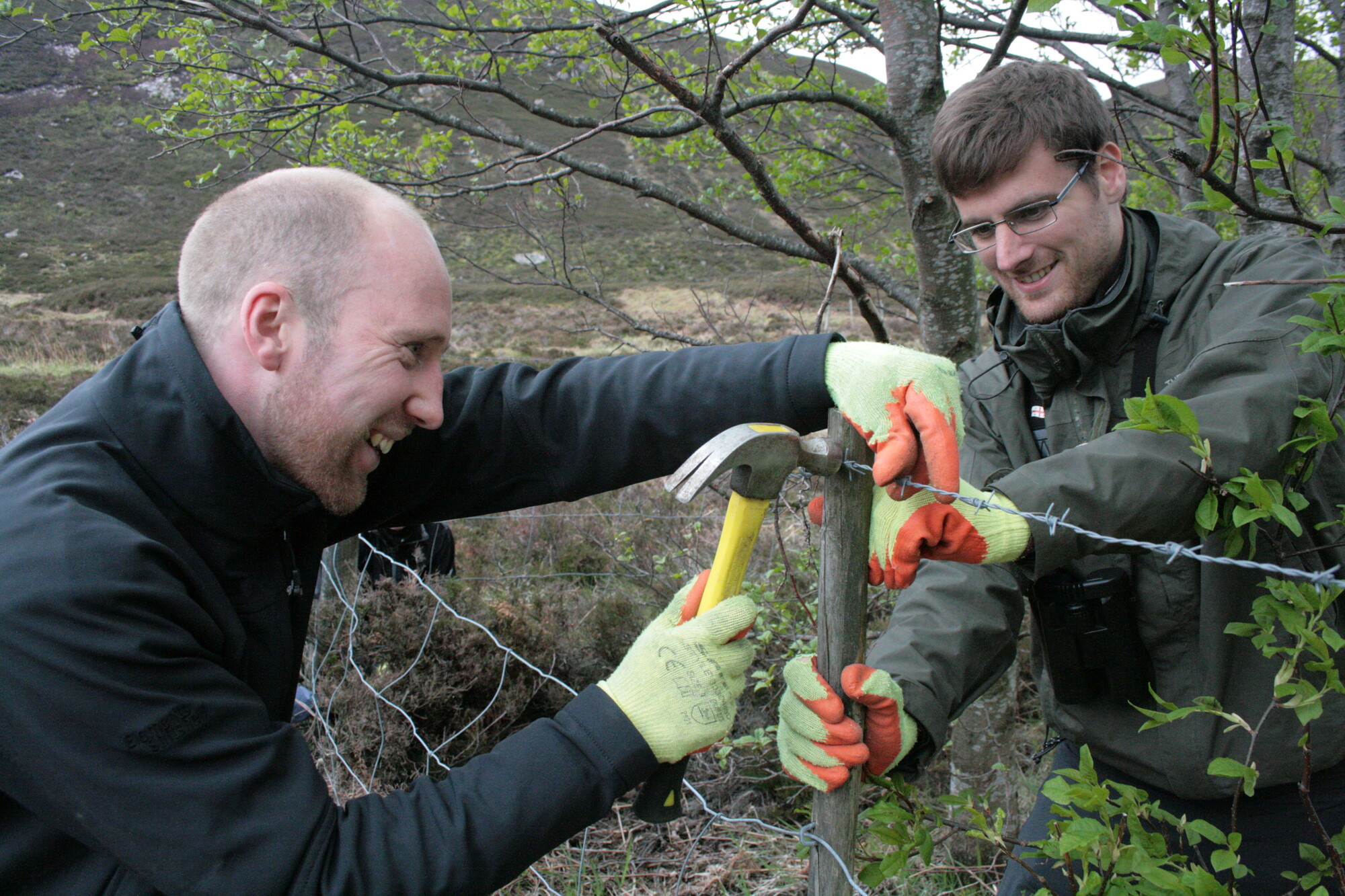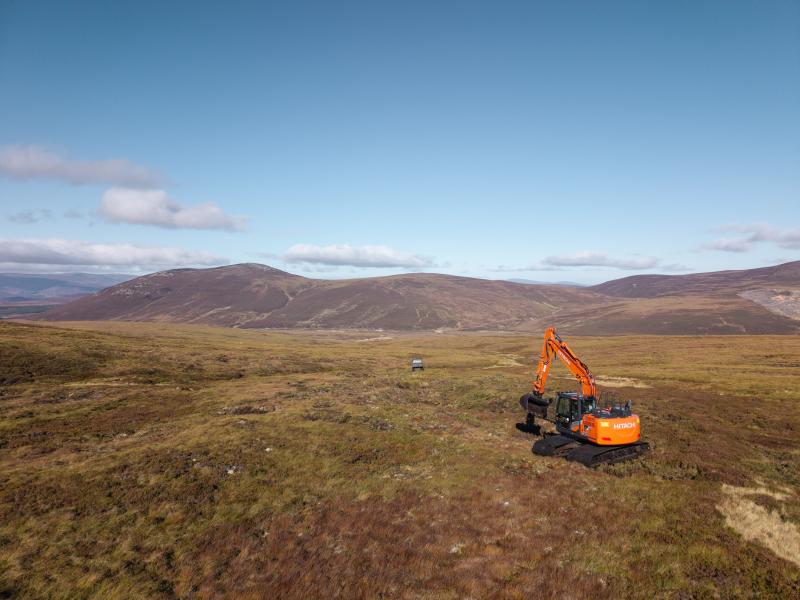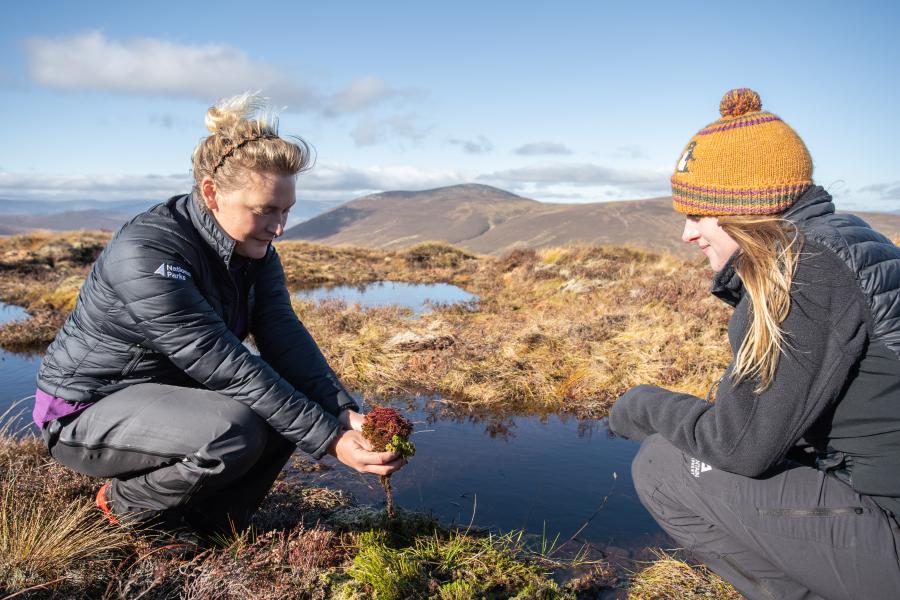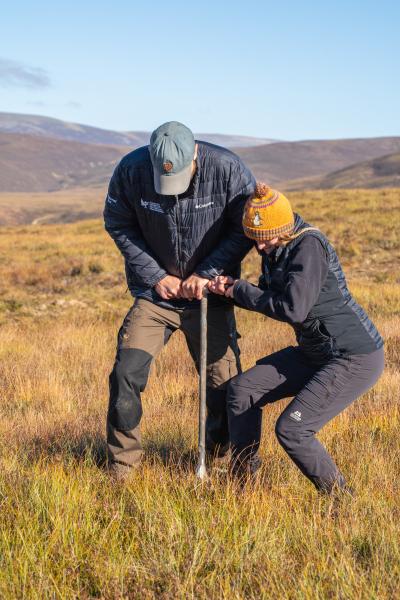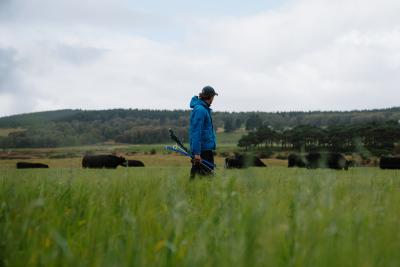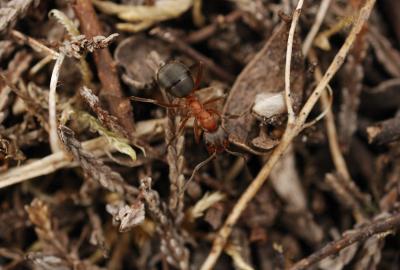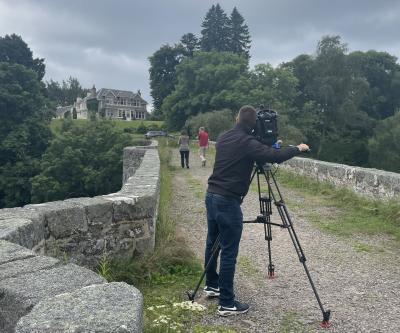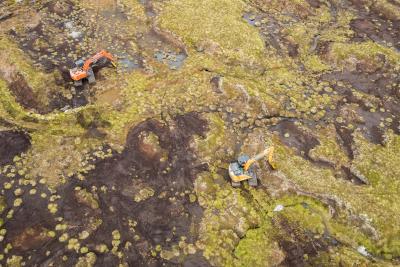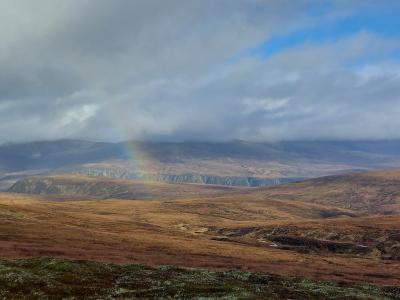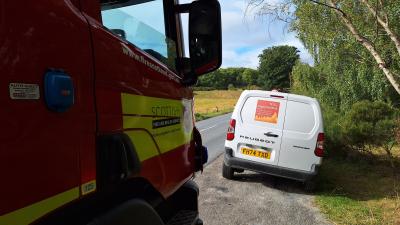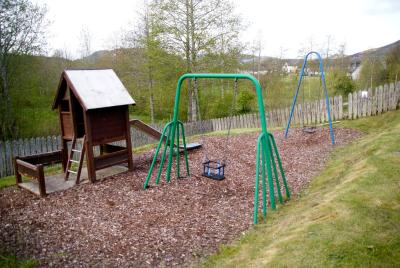The science of peatlands
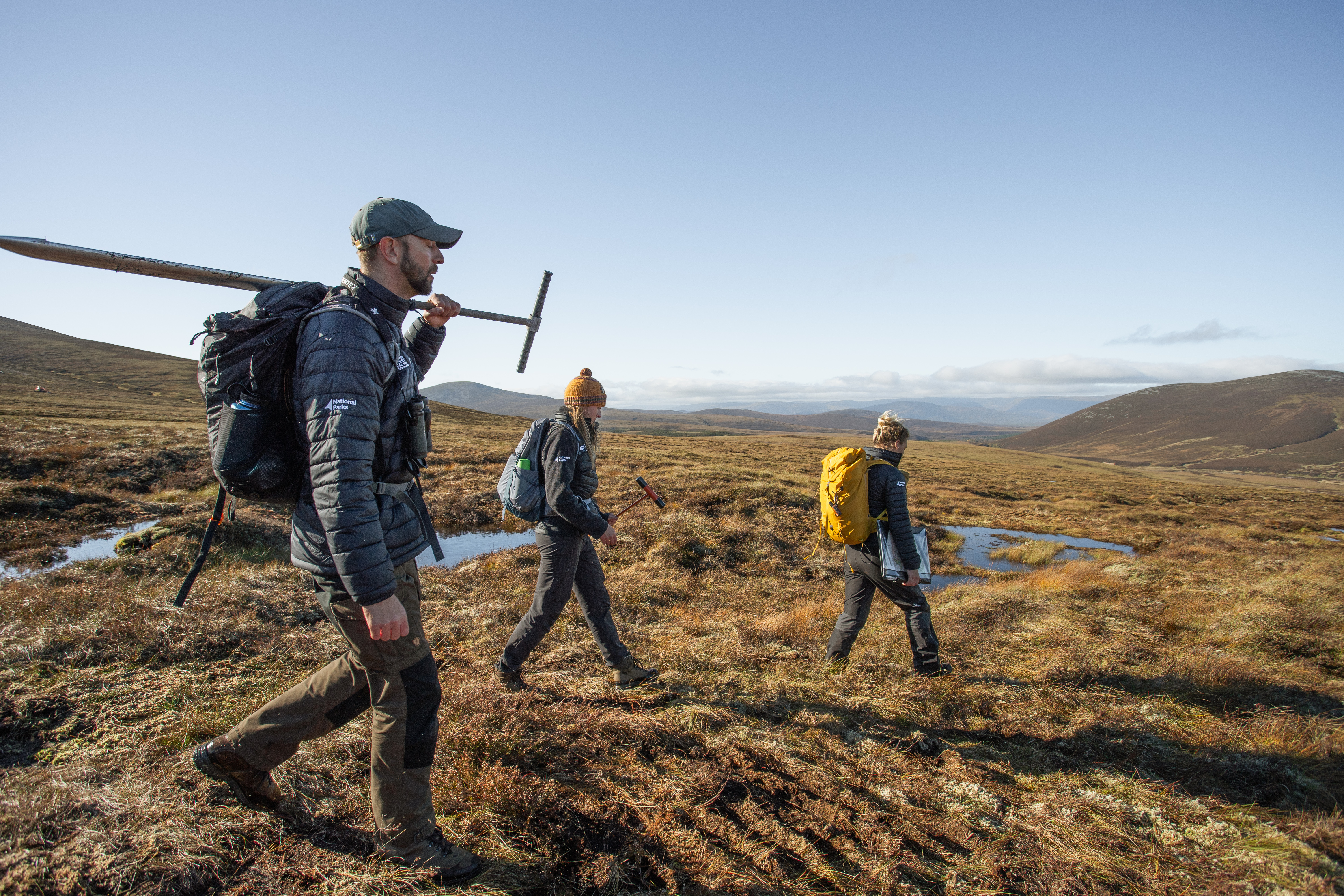
I joined the Peatland Team at the Cairngorms National Park Authority in May this year, in a new role which will help to answer those very questions. It’s not just about delivering ‘X’ amount of hectares of peatland restoration; as the Peatland Science and Monitoring Officer I look at the science behind our work and help the team understand more about the techniques we use to ensure they’re the best approach.
My role is crucial in the planning of our work, particularly as we start restoring more complicated sites. Some peatlands we have been working on are relatively simple to restore as they are lower lying and don’t have many challenges, but others are more complex. For example, some sites have high deer numbers, which means the new regrowth of plants can be trampled and destroyed, or the deer can potentially damage the newly created dams. In some cases we are working at sites that are over 600m above sea level, which means that the growing season is shorter and getting vegetation to grow on the bare eroded peat may require an extra helping hand.
We also need to look at the bigger picture – how our restoration efforts can benefit biodiversity and local communities. As we restore damaged peatlands, we create habitats for many species. When we block drains, water is held back and creates pools, which are valuable for rare and vulnerable dragonfly species. These pools can act as ‘stepping stones’ and allow the insects to connect with other habitats and expand across the National Park. Monitoring these species is just one way that can help us find out how our restoration work is benefitting the wider environment in the National Park.
Part of my work is exploring new innovations and technologies, such as ‘SensorSticks’. Developed by Plant-e, these are installed into peat bogs and measure water levels and sub-surface temperatures. They are powered by interactions between the living plants and soil in the bog and transmit data by satellite straight to the office! A reliable and low maintenance solution for collecting data from remote sites; saving valuable time which can be invested in other projects. During a six-month trial, we will assess how SensorSticks cope in the most extreme environmental conditions – during a Cairngorms winter at over 700m elevation.
By using the latest scientific techniques available, we can develop a strategy to ensure that our peatland restoration work is successful – for both the environment and the amazing nature of the National Park. It’s an exciting time to be in conservation!
